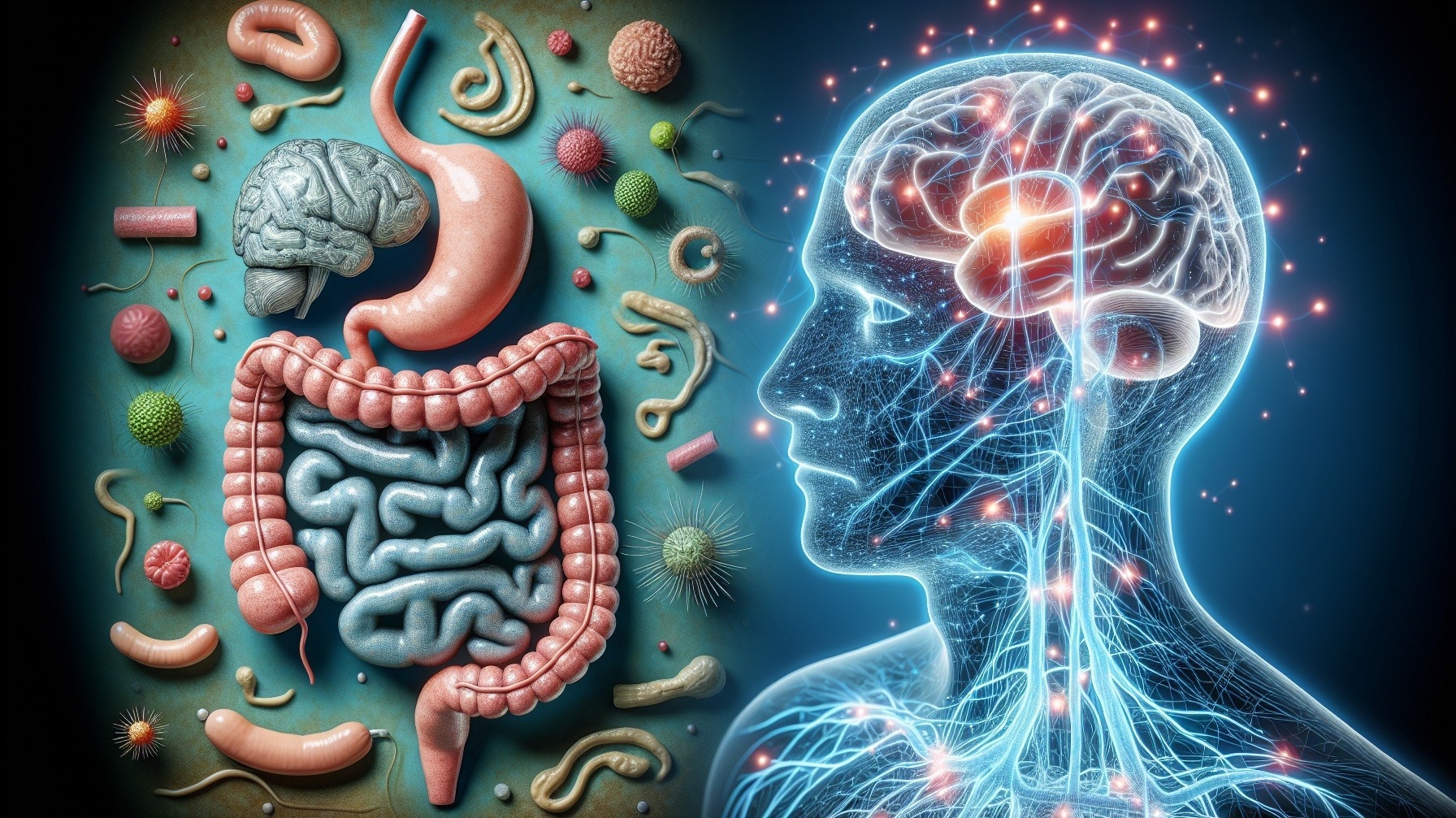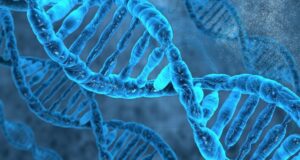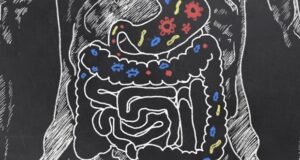Gut microbiota’s influence on circadian rhythms may hold the key to understanding how stress responses vary throughout the day, potentially offering new insights for treating stress-related disorders.
 Study: Gut microbiota regulates stress responsivity via the circadian system. Image Credit: Shutterstock AI / Shutterstock.com
Study: Gut microbiota regulates stress responsivity via the circadian system. Image Credit: Shutterstock AI / Shutterstock.com
In a recent study published in the journal Cell Metabolism, researchers investigate the role of gut microbiota in regulating the rhythmicity of the hypothalamic-pituitary-adrenal (HPA) axis and its effects on stress responses at different times of the day.
How does the gut microbiota affect stress?
The stress and circadian systems, while serving distinct roles, are interconnected through the HPA axis and autonomic nervous system. The stress response enables a rapid reaction to threats, whereas circadian rhythms anticipate environmental changes.
Glucocorticoids, which are hormones central to both systems, follow a daily pattern controlled by the brain’s central clock, the suprachiasmatic nucleus (SCN). This rhythmic secretion can affect stress responses based on the time of day, with higher resilience at the circadian peak than at the trough.
The gut microbiota influences brain function through the HPA axis, particularly in regions like the hippocampus and amygdala, both of which regulate stress. Gut bacteria also undergo daily cycles that support metabolic health, and disruption of these cycles results in irregular glucocorticoid levels and impaired stress responses.
Although previous studies have explored these connections separately, the integrated role of gut microbiota in coordinating stress and circadian rhythms remains largely unexplored. Therefore, in the present study, researchers investigate how gut microbiota regulates the interplay between circadian rhythms and the stress response.
About the study
In the current study, the influence of gut microbiota on HPA-axis function was assessed by comparing microbial composition in mice with microbiota depletion through antibiotic treatment (ABX) or germ-free (GF) conditions. Additionally, some mice received fecal microbiota transplantation (FMT) from GF or ABX mice.
Acute restraint stress was used to assess stress responses, during which blood glucose and corticosterone levels were measured. Behavioral testing included reciprocal social interaction and open field tests.
Hippocampus, amygdala, pituitary, and adrenal gland samples were collected for ribonucleic acid (RNA) extraction. Gene expression was quantified by quantitative real-time polymerase chain reaction (RT-PCR) assay.
Plasma levels of corticosterone, adrenocorticotropic hormone (ACTH), and catecholamines were measured by enzyme-linked immunosorbent assay (ELISA) at different times of the day to evaluate circadian rhythms. Shotgun sequencing of microbial DNA was performed for taxonomic and functional analysis, whereas RNA sequencing and metabolomics were used to assess tissue responses.
Data were integrated using multi-omics analysis. Statistical analysis involved linear models, principal component analysis, and enrichment analysis to examine gut-brain interactions.
Study findings
Gut microbiota, particularly Lactobacillus species like Limosilactobacillus reuteri, influence daily variations in corticosterone levels. In GF and ABX mice, the timing and intensity of corticosterone secretion were altered.
More specifically, GF mice exhibited a shift in peak corticosterone levels to the dark phase, whereas ABX mice had higher corticosterone levels at different times, thus indicating disruptions in the body’s natural rhythms. These changes were also reflected in brain areas like the hypothalamus (SCN), hippocampus, and amygdala, which regulate circadian rhythms and stress.
The expression of key circadian and stress-related genes was altered in these regions, as was the loss of rhythm in these areas, which correlated with changes in corticosterone release. The hippocampus and amygdala exhibited disrupted patterns in genes related to the stress response, which might increase susceptibility to disorders like depression.
Microbial depletion led to changes in brain metabolism, particularly in glutamate-related pathways, which are crucial for stress responses. Altered gene expression in the hypothalamus and pituitary gland also reduced the permeability of the blood-brain barrier.
Behaviorally, ABX mice exhibited less social interaction after stress exposure, particularly at certain times of the day. However, mice behavior normalized when corticosterone levels followed typical patterns later in the day. These behavioral changes were further confirmed using a corticosterone synthesis blocker, which prevented stress-induced behavioral impairments.
Fecal microbiota transfer experiments indicated that Lactobacillus reuteri could directly influence corticosterone levels, further supporting the role of specific gut bacteria in modulating stress responses.
These findings highlight the integrated role of gut microbiota in regulating both the circadian rhythm and stress response, with potential implications for understanding stress-related disorders and improving health.
Conclusions
The gut microbiota modulates stress responsiveness through diurnal rhythmicity, wherein it influences key brain regions involved in circadian and stress systems. Microbial depletion may lead to altered patterns of corticosterone release and stress-related behaviors in a time-of-day-specific manner.
Further research is needed to identify microbial signals that affect corticosterone rhythms, how they impact the brain, and how to translate these findings to human cohorts with diverse backgrounds.
Journal reference:
- Tofani, G. S. S., Leigh, S., Gheorghe, C. E., et al. (2024). Gut microbiota regulates stress responsivity via the circadian system. Cell Metabolism. doi:10.1016/j.cmet.2024.10.003




